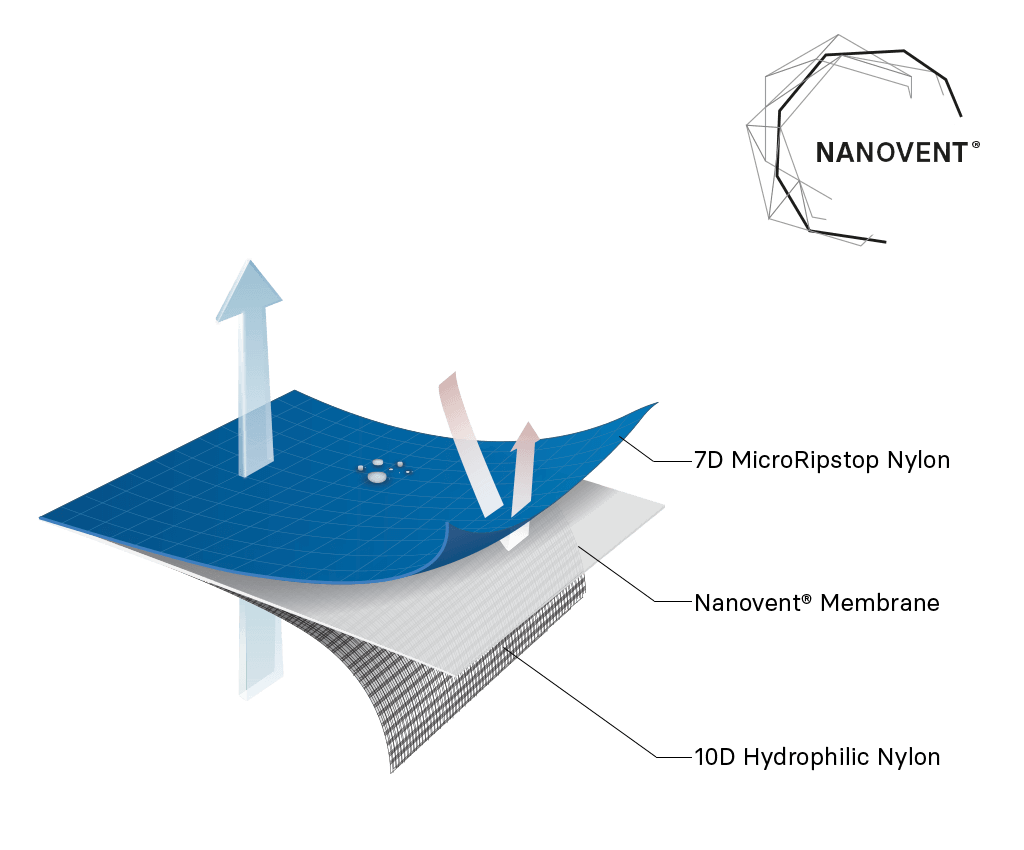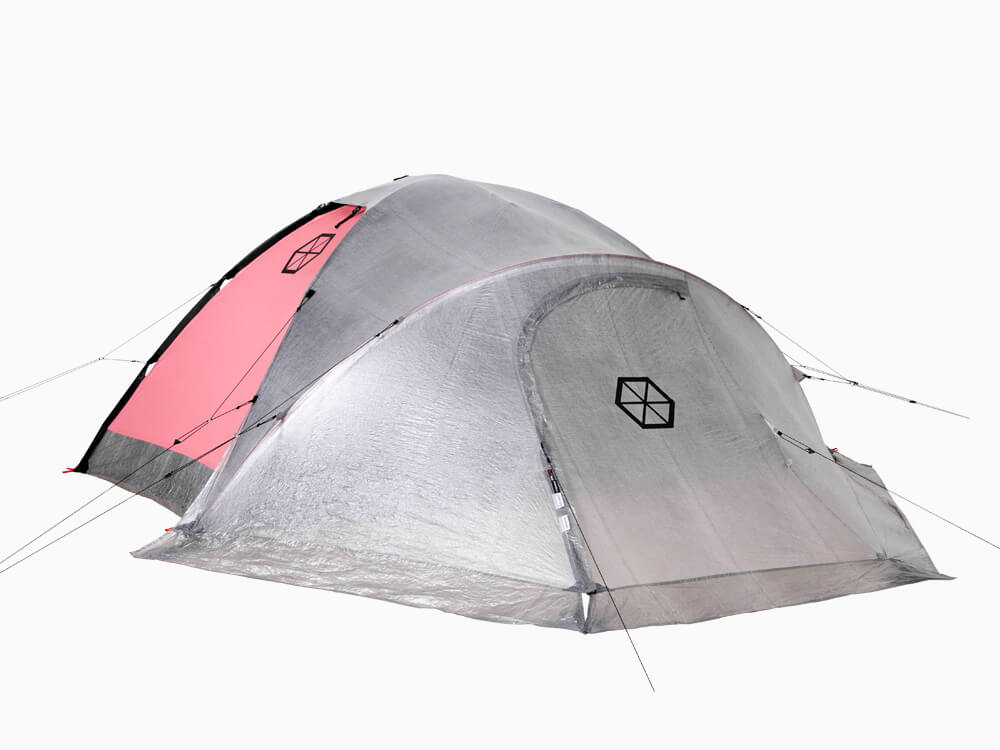Sometimes, we place a premium on roominess. In other situations, it’s about minimizing weight, space, and some comfort. But in both instances, it’s nice to stay dry. The Samaya 2.0 tent offers a significant step forward for lightweight, high-performance shelters in the high mountain environment.
Finding the Proper Tent
The array of bivy tents available to the weight-conscious mountain climber has been, until recently, disappointingly small. Essentially, the Black Diamond First Light and various other brands’ imitations have been the only game in town. For its’ time, the First Light was an excellent tool, but its downsides include an annoying setup, requiring the tent to be opened, mosquito netting that isn’t removable other than with a knife, and most significantly, a fabric that is neither waterproof nor breathable, leading to very wet nights in all but the coldest and driest environments.
I’ve been hoping for a lighter weight and more functional tent to emerge, utilizing modern materials that have become so popular in backpacks, and finally, the day has arrived. Enter Samaya, a French company dedicated to building the highest quality products with the latest high-tech materials.
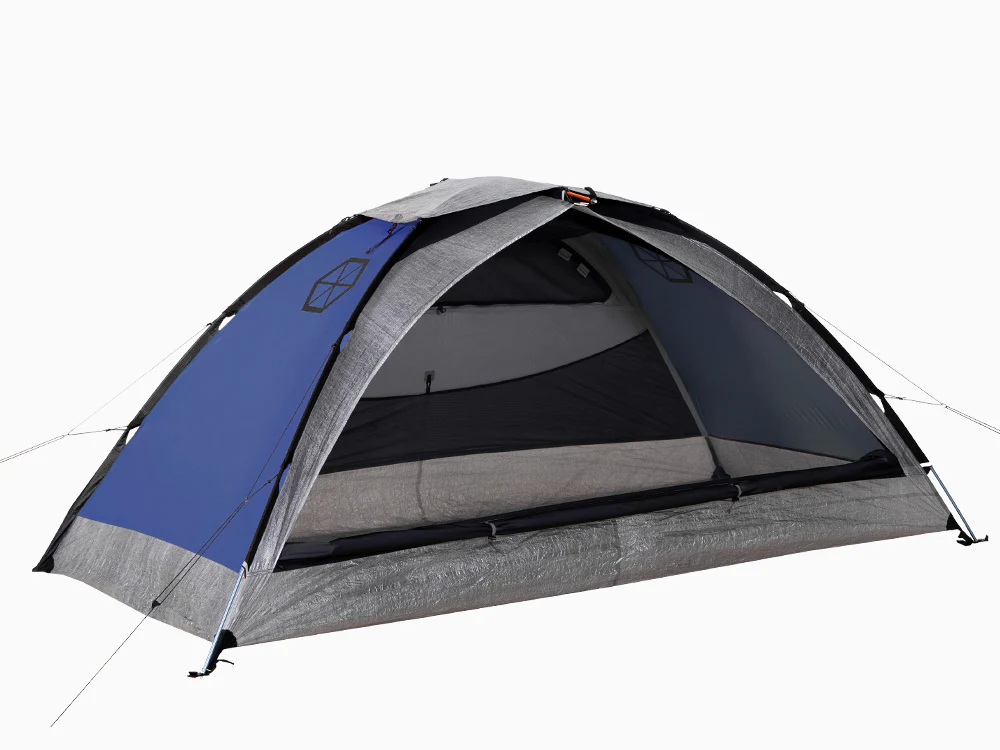
The side entrance on the Samaya 2.0 makes it easy to enter and exit and adds to the already solid ventilation. The tent is a tight fit for two (it is an assault tent after all). Photo: Samaya
Samaya 2.0
Their lineup of tents runs from minimalist to burly and focus on performance in the high mountain environment. They also come with a head-turning price tag, which has kept them from catching on, especially here in North America. I recently had the opportunity to try out the 2.0, which is in the mid-range of weights. However, it still weighs 1500 grams, essentially the same as the BD First Light. However, for that weight, you get a whole lot more: pole sleeves allowing tent set up without opening the door, fabric that is actually waterproof and functional in the rain and wet snow, and a door on the long side of the tent, along with a half zip on the other. The poles are also a bit burlier than other lightweight tents I have used in the past, giving it more rigidity in the wind.
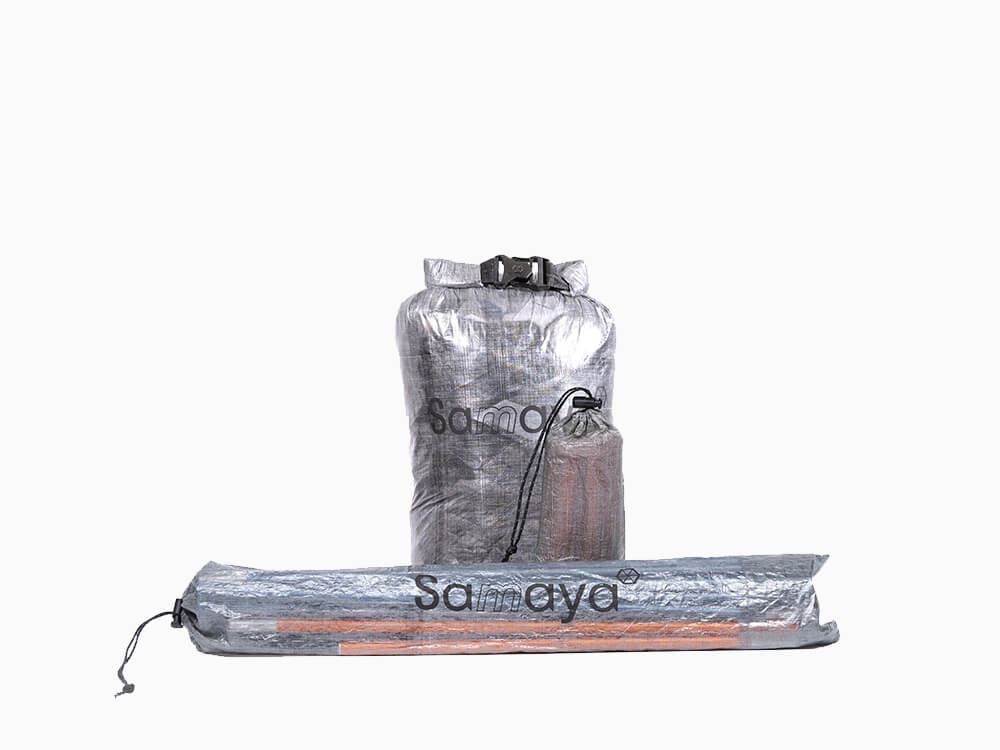
Thanks Samaya for the photo. The Samaya 2.0 Tent, an assault style tent, packs up to a relatively small size. The smaller stuff sack is the fly, with the aluminum poles at the bottom.
More on the fabric. The wall fabric is a 3L Nonevent membrane laminate and the floor is a Dyneema composite which also kept the moisture out when the tent is pitched on snow.
As you would expect from a specialist manufacturer like Samaya, the 2.0 is well constructed, with burly zippers and stitching that inspires confidence. The interior is similar in size to other bivy tents, but several mesh pockets make organizing your gear more manageable. The tent is designed for the alpine with two people in mind. Call it cozy for two, but I’m good with that.
I did manage to break one of the plastic clips that hold one of the pockets up, which is essentially my only complaint with the design: a few too many plastic clips, which seem destined to snap off eventually with the type of use this tent is intended for. Otherwise, it functioned very well: Easy setup, superior interior organization, and great performance for a single wall tent in adverse weather (rain, wet snow, wind, etc). It also breathes much better than the tents of this style that I am familiar with, which makes for much more comfortable mornings. (The roof peak can be ventilated by unzipping several weatherproof zippers; in the event of falling moisture, the design incorporates a removable Dyneema (waterproof) shield to keep the rain/snow out if the zippers are open.)
Along with some hilariously small plastic stakes that I guess might be useful if you are camping in the forest or something, the 2.0 comes with a vestibule that attaches to the front and adds a significant amount of storage space. (A Samaya video suggest you can bury them in snow like a deadman, but I’m unsure how effective they might be. Go to 1:10). The vestibule seems to nearly double the weight and bulk of the tent, but in many situations, this is worth it. The attachment for the vestibule onto the main body of the tent is relatively strong compared to other “clip on” style vestibules, which helps keep snow out when it is windy. Again, the design is very good, and I have no real issues there.
One add on we did not use is an optional footprint. The footprint will likely enhance the Dyneema floor’s durability in rocky alpine terrain. Tack on $100 for that.
Samaya 2.0 Stats
Floor size: 2,200 mm x 1,100 mm (87 in x 43 in)
Surface area: 2.5 m² (26.9 sq. ft.)
Height: 1,000 mm (39 in)
Interior volume: 1.3 m³ (45.9 cu. ft.)
Packed size: 200 mm x 150 mm (8 in x 6 in)
Packed volume: 4.5 L
Floor fabric: Dyneema® Composite Fabric 43 g/m²
Wall fabric: 3-layer laminated fabric – Nanovent® membrane
Removable roof fabric: Dyneema® Composite Fabric 34 g/m²
Window: Adjustable water-repellent Aquaguard® YKK® zip and Dyneema® flap
Air vents: Adjustable YKK® zip
Entrance door: Adjustable water-repellent Aquaguard® YKK® zip and Dyneema® flap
Fly screen zip: Adjustable YKK® zip
Floor angles: Cordura® and Dyneema® reinforcement
Seams: 100% waterproof
Guylines: Dyneema® core, adjustable and reflective (x5)
Pockets: One on a wall and one removable on the ceiling
Optional compatible accessories: Mesh2.0, Vestibule2.0 Dyneema®, Vestibule2.0, Footprint2.0
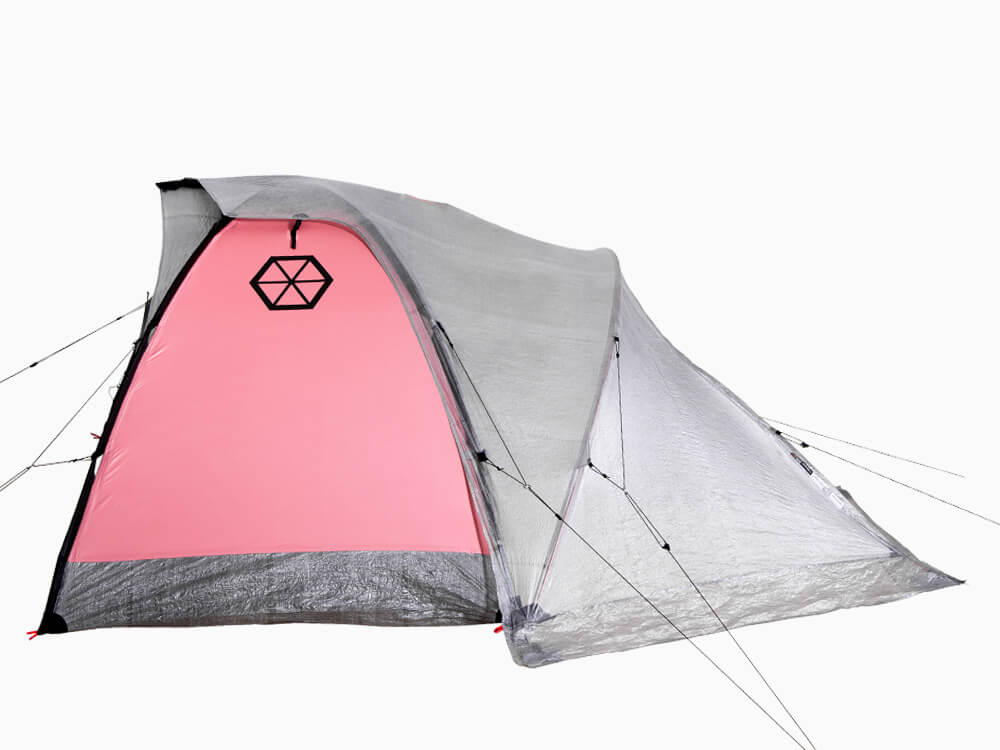
The vestibule adds roughly 1.9m² of protected space and comes in a nylon or Dyneema version. Photo: Samaya
And the Vestibule
The vestibule we used is nylon and weighs a claimed 550g. It adds roughly 1.9m² of usable (protected) space outside the tent’s confines and costs $250.00. A Dyneema vestibule is available too which is a claimed 85g lighter — it will also lighten your wallet as it cost $500.00.
However, we found that the vestibule’s fabric was not waterproof, and in rain or wet snow, the gear you stashed there definitely got a little wet. We also somehow put a few holes in it, which was the only wear on the entire tent.
A vestibule made of the same Dyneema fabric used on the floor of the tent would certainly cut down on weight and bulk, as well as perform better in wet conditions; however, it would also add to the already considerable cost.
Final Thoughts
Overall, I think the Samaya 2.0, as well as their other products, is a significant step forward for lightweight, high-performance shelters in the high mountain environment. Their lightweight and thoughtful design is noticeable in the tent’s functionality in all sorts of conditions, and it’s definitely nice to carry! Cost aside; there are a few minimal issues with the 2.0 that those who aren’t dorks about small details may not even notice. I’m excited to see what they come up with moving forward!
The Samaya 2.0 tent costs $1100.
Pros:
—Thoughtful design
—Excellent Construction
—High-tech and functional fabrics
—Very Functional for the weight
Cons:
—A few too many plastic clips
—Costs more than my car
—Nylon vestibule is not very waterproof
Sam Hennessey grew up in Port Angeles, WA, and had his first misadventures on skis in the Olympic Mountains. He moved to Bozeman, MT after college, where he currently works as a mountain guide and has a very nice storage unit


